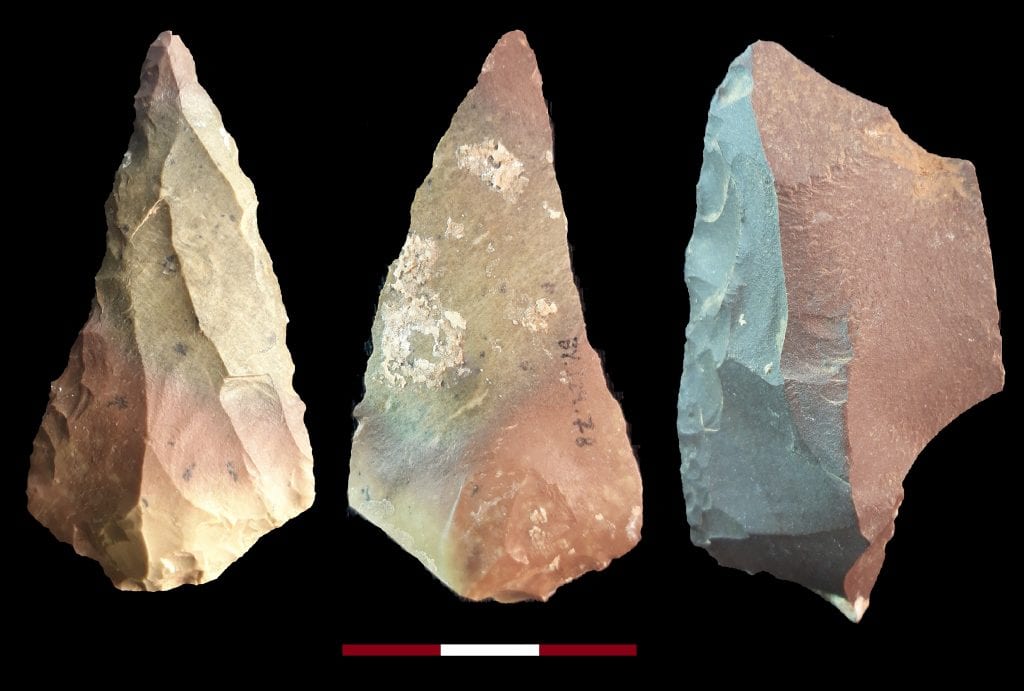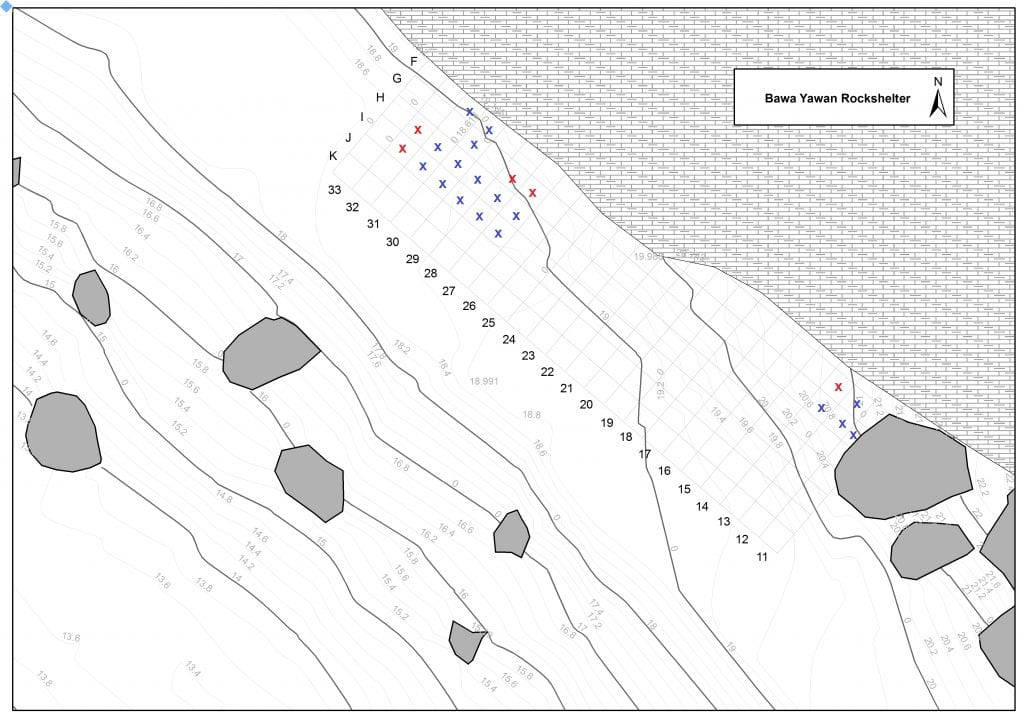April 2018 | BIPS Research Grant
Bawa Yawan Rockshelter Excavations
The proposed project has developed out of research that the applicant has carried out searching for the Middle Palaeolithic (MP) to Upper Palaeolithic (UP) transition in the Zagros Mountains of Iran, one of the key regions in south-western Asia. In 2016, I started the study of ‘Tracking the Middle to Upper Palaeolithic transition in the Kermanshah Valley, West Central Zagros Mountains, Iran’ at the University of Cambridge. My plan was to extend the work in Bawa Yawan Rockshelter, with the particular research aims of recovering further skeletal remains of the Neanderthal and other individuals and sampling more extensively for dating from layer associated with Neandertal remains and from the layer of synchronised MP and UP material cultures.
After receiving my permission for two months’ archaeological excavation from the Dr R. Shirazi, the head of Iranian Centre for Archaeological Research in Tehran (permission number: 97102578) in October 2018, archaeological crew and I have settled in a rented dig house at the Village of Yawan. Dig house belonged to Mr. Qarabaghi. I have also rented a car for two reasons: first for daily commute of the Kermanshah archaeological department’s delegation and secondly as provision of living supplies. Since October and November in Kermanshah is the rainy season, we have built 80m2 tent over the dig area. The cost for this tent and also other facilities such as dig tools and refilling the excavated trench by protective fibre etc. A mapping instrument (Total Station) was rented for two months. The instrument was used for measuring all the finds bigger than 2cm directly from the find surface.
Altogether 11 persons including students of archaeology, workmen and a guard during nights were evolved with this season. The aim for the 2018 excavation season was to extend the excavated area in order to collect materials for absolute dating (C14 methods), more specifically the geological horizon 2 where we have two cultural remains from the Middle and Upper Palaeolithic. In addition, we continued digging in the trench close to the area that the Neanderthal tooth was found. Therefore, in addition to dig in the trenches H31 and I31, we have opened 5 new trenches of H32, I32, G27, G28 and E13. Altogether 22 pieces of charcoal were collected in this season for absolute dating. The collected charcoals are under investigation for dating analyses in the archaeological department of Max Planck Institute in Leipzig; Germany.
More than 4000 pieces of stone artefacts and bone fragments also were recovered from the 2018 campaign. The lithic artefacts are under study now, but based on the preliminary analyses, they belong to three archaeological periods of Middle, Upper and Epipalaeolithic. Summarising the results of the 2018 campaign so far, we have recovered more than 50 “fresh water turtle” bones from the Middle Palaeolithic layer. These finds revealing that Turtles were among the diet regime of the early humans of the Bawa Yawan Rockshelter. At the moment, these finds are under studies to figure out the process of hunting and butchering. During excavation in the new trenches, like previous seasons, we have exposed a pile of medium sized boulder of limestone which could belong to an erosional event caused by, probably, earthquake. The surface of lied down boulder were documented and photographed carefully for further research. Photogrammetry method was used for this documentary. At the end of excavation, we have protected the excavated trenches by protected fibre (for covering the surfaces and then we have built up wooden structure on the deep areas and on the surface we put filled bags with screened soil and at the final stage, 50 cm fine sediments. During excavation, several times I have spoken with the people of the village for protecting the sites against illegal diggers and other harmful activities.
Dr Saman Heydari-Guran is Postdoctoral Research Fellow at the Leverhulme Centre for Human Evolutionary Studies, Department of Archaeology, University of Cambridge.




